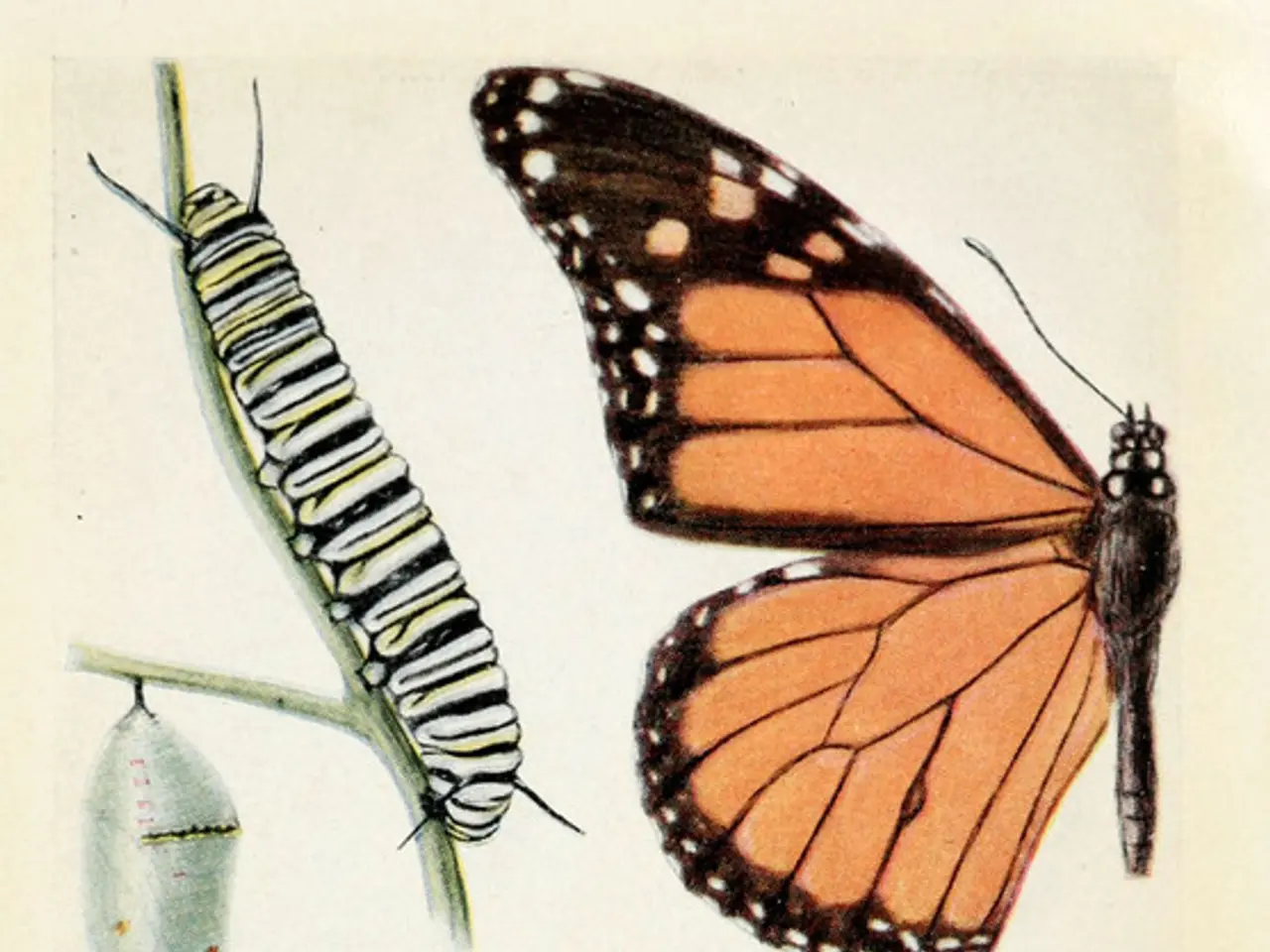Decisions made at the United Nations Ocean Conference
The BBNJ Agreement, also known as the High Seas Treaty or Global Ocean Treaty, is a significant international legal instrument adopted in 2023 under the framework of the United Nations Convention on the Law of the Sea (UNCLOS). This groundbreaking agreement aims to fill critical gaps in ocean governance by establishing comprehensive rules for the conservation and sustainable use of marine biodiversity in areas beyond national jurisdiction, often referred to as "the high seas"—which cover nearly half of the Earth's surface and lie outside the sovereignty of any single nation[1][2].
### Key Areas Addressed by the BBNJ Agreement
The treaty addresses four key areas: Area-Based Management Tools (ABMTs), including Marine Protected Areas (MPAs); Environmental Impact Assessments (EIAs); Marine Genetic Resources (MGR) and Benefit-sharing; and Capacity-building and Transfer of Marine Technology.
1. **Area-Based Management Tools (ABMTs), Including Marine Protected Areas (MPAs):** The treaty sets up a formal mechanism to designate and manage marine protected areas on the high seas. MPAs are defined geographical zones legally or effectively managed to conserve marine biodiversity and ecosystems. The treaty establishes a process for proposing new MPAs or other area-based conservation tools based on scientific evidence and consultation among stakeholders, strengthening existing fragmented protection efforts like the Ross Sea MPA and others in the Northeast Atlantic[2].
2. **Environmental Impact Assessments (EIAs):** The Agreement requires countries or companies to conduct environmental impact assessments before engaging in activities that might affect marine biodiversity on the high seas, such as deep-sea mining. These assessments must adhere to international standards and be shared transparently among states to ensure environmental risks are properly evaluated and mitigated[2][4].
3. **Marine Genetic Resources (MGR) and Benefit-Sharing:** Recognizing the growing commercial and scientific importance of genetic materials derived from high-seas organisms (e.g., bacteria, corals, sponges), the treaty establishes rules for the equitable sharing of both financial and non-financial benefits resulting from their use. This is designed to ensure that innovations in medicine, biotechnology, and other fields benefit all nations, including those without direct access to these resources[2][4].
4. **Capacity-Building and Transfer of Marine Technology:** To promote fairness and inclusivity, especially for developing and low-income countries, the agreement promotes the sharing of marine science and technology, along with knowledge transfer. This support enables these countries to participate fully in the management and sustainable use of marine biodiversity beyond national jurisdictions[2][4].
### Entry into Force Requirements
The BBNJ Agreement will enter into force after ratification by at least 60 states, enabling it to become binding international law. As of the third United Nations Ocean Conference (UNOC-3) in Nice, France in June 2025, 56 of the 60 instruments needed for the treaty to enter into force had been deposited, suggesting the treaty will enter into force by early 2026[5].
### Additional Provisions
The agreement also includes provisions for financing mechanisms to support its implementation and management. These may include access fees, user fees, royalties, or taxation on activities in areas beyond national jurisdiction to generate sustainable funding for ocean conservation, further recognizing the ocean as a global public good[4].
In summary, the BBNJ Agreement aims to comprehensively address governance gaps by enabling science-based and cooperative management of the high seas, ensuring environmental protection, equitable sharing of marine genetic benefits, and capacity support for developing nations. Its legal framework offers a long-awaited tool for safeguarding ocean biodiversity beyond the reach of any single nation.
References: [1] UN News, (2023), "Historic agreement reached to protect marine biodiversity in areas beyond national jurisdiction." https://news.un.org/en/story/2023/06/1108562 [2] IUCN, (2023), "BBNJ Agreement: Protecting marine biodiversity beyond national jurisdiction." https://www.iucn.org/theme/oceans/our-work/conventions/convention-biodiversity-beyond-national-jurisdiction/bbnj-agreement [3] Reuters, (2023), "UN ocean treaty on high seas biodiversity wins backing of 120 nations." https://www.reuters.com/business/environment/un-ocean-treaty-high-seas-biodiversity-wins-backing-120-nations-2023-06-08/ [4] World Resources Institute, (2023), "The BBNJ Agreement: A New Era for Global Ocean Governance." https://www.wri.org/blog/2023/06/bbnj-agreement-new-era-global-ocean-governance [5] UNOC-3, (2025), "Third United Nations Ocean Conference." https://oceanconference.un.org/2025/en/
- The BBNJ Agreement, through its provisions on Area-Based Management Tools (ABMTs), including Marine Protected Areas (MPAs), aims to bolster environmental protection by establishing a formal mechanism to designate and manage marine protected areas on the high seas, thereby addressing the issue of climate change and supporting the broader field of environmental science.
- The treaty's focus on Environmental Impact Assessments (EIAs) will ensure that the economy and science sectors consider environmental impacts before engaging in activities that may affect marine biodiversity on the high seas, contributing to policy-and-legislation and the general news landscape by promoting sustainable practices and mitigating environmental risks.
- The Agreement's emphasis on Marine Genetic Resources (MGR) and Benefit-sharing will foster innovation in medicine, biotechnology, and other fields by promoting equity and fairness in the utilization of genetic materials derived from high-seas organisms, benefiting both developed and developing nations.
- In addition, the treaty's provisions on Capacity-Building and Transfer of Marine Technology will empower developing and low-income countries by promoting the sharing of marine science and technology, thus enabling these nations to participate fully in the management and sustainable use of marine biodiversity beyond national jurisdictions.
- As the BBNJ Agreement enters into force and becomes binding international law, it will establish a legal framework that not only safeguards ocean biodiversity beyond the reach of any single nation but also helps address the global challenges of climate-change and environmental-science, making it a significant tool in the ongoing fight for the preservation and sustainable use of our planet's vast high seas.







